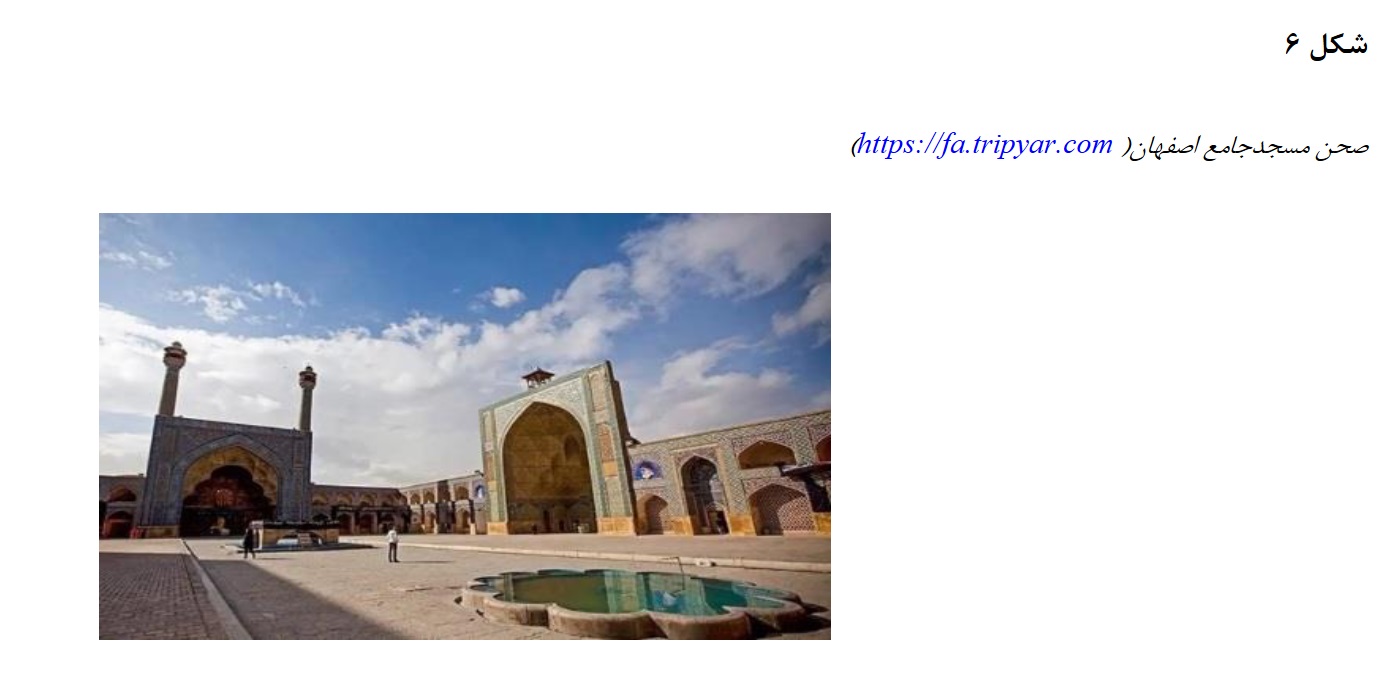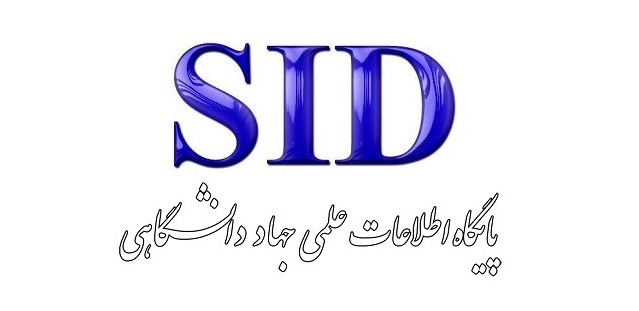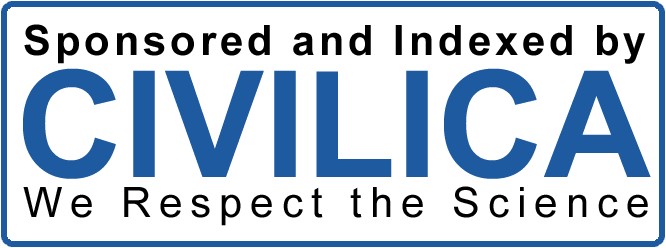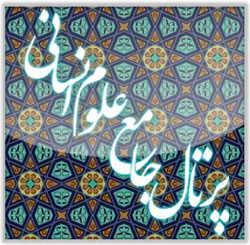تبیین اسطورهشناسی عناصر اربعه در فضای مساجد دوره تیموری با نگاهی قیاسی به دو مسجد جامع اصفهان و مسجد گوهرشاد
کلمات کلیدی:
اسطوره, عناصر اربعه, دوره تیموری, مسجد گوهرشاد, مسجد جامع اصفهانچکیده
مساجد ایران در طول تاریخ دارای وجوه باطنی و ظاهری مبتنی بر عناصر اربعه در معماری خود بودهاند و در ماهیت خویش، از جنبههای معنایی و اسطورهای برخوردار هستند. هدف پژوهش حاضر تبیین اسطورهشناسی عناصر اربعه در فضای مساجد ایران در دوره تیموری (مساجد جامع اصفهان و گوهرشاد) است. روش تحقیق پژوهش کیفی مبتنی بر رویکرد پدیدارشناسی است. در مرحله اول از روش توصیفی- تفسیری و در مرحله رویکرد تحقیق از رویکرد کیفی، در مرحله استدلال از روش کل به جزء و در مرحله تفسیر معنایی عناصر اربعه و اجزاء بنا در مساجد جامع اصفهان و گوهرشاد از روش پدیدارشناسی بهره گرفته شده است. نتایج نشان داد که در مساجد منتخب، به اتکای فهم اسفار اربعه، سیر از خاک به آب، هوا و آتش و عبور از دنیا به سمت برزخ و آخرت، در تطبیق با عناصر اربعه، دریافتهای حسی فضاها، تصاویر مثالی عناصر و اجزا و تناسبات و حرکت به سمت عالم خیال به نحوی آگاهانه بهکار برده شده است که بازنمایی اسطورة آفرینش و مرگ، در گذار از توالی فضاها قابل ادراک و فهم است. به اتکای قضایای حضور در فضا، ادراکات معلومات و محسوسات و ادراک فضا مبتنی بر پدیدارشناختی ذهن در استدلال منطقی در بحث، معرفت شهودی ادراک فضا، رفتاری کهنالگویی را در کاربران ایجاب میکند که هدف آن توجه به عالم ماورا و ادراک امر قدسی است.
دانلودها
مراجع
Asadi, S. (2017). Recognition of Humans and Myths in the Modern Age. Research Journal of Nations, 2(23), 141–152.
Campbell, J. (2019). The Power of Myth, translated by Abbas Mokhber (15th ed.). Nashr Markaz.
Cassirer, E. (2017). Language and Myth, translated by Mohsen Thalathi (5th ed.). Morvarid Publications.
Dadfar, P., Far, K., Lili, D. A., & Fariborz. (2020). Explaining the Impact of Spatial Experience of Mosques on Mental Healing (Case Study: Goharshad Mosque. Greater Khorasan Quarterly, 38, 1–16.
Dari, A., Talischi, G., & Jabaran, F. (2018). Finitude and Infinity in the Spatial Structure of Islamic Architecture in Safavid Mosques (Case Study: Sheikh Lotfollah Mosque and Imam Mosque in Isfahan. Islamic Architecture Research Quarterly, 6(19), 19–38.
Eliade, M. (2011). The Sacred and the Profane: The Nature of Religion, translated by Behzad Saleki (3rd ed.). Scientific and Cultural Publications.
Eliade, M. (2014). Perspectives on Myth (J. Sattari, Trans.; 3rd ed.). Tous.
Forouzan Kia, E., & Estaji, E. (2017, 2017). The Manifestation of Fire in Myths and Religions.
Ghavi Panjeh, Z. (2009). Decoding the Symbol of Earth in the Art of the Land of Mysteries. Art Quarterly, 79, 173–158.
Ghavi Panjeh, Z. (2015, 2015). Symbolism of the Triangle in the Four Elements (Water - Wind - Earth - Fire.
Haji Ghasemi, K. (2016). Ganjnameh, Volume Seven: Jameh Mosques, Part One (9th ed.). Roozaneh.
Hamzehnejad, M., Rabani, M., & Torabi, T. (2015). The Role of Wind in Human Health in Islamic Medicine and Its Impact on the Location and Structure of Traditional Iranian Cities. Naqsh-e Jahan Scientific-Research Quarterly, 1(5), 43–57.
Kalantar, N., Tahsili, S., Tahereh, H. J., Reza, M., & Heydari, A. (2016). The Journey of Fire from Myth to Mysticism: The Mythical Roots of Symbols Related to Fire in Mysticism. Journal of Ancient Persian Literature, 3(7), 27–51.
Khoshrouy, M., & Askari-Zadeh, R. (2019). Geometric Analysis of the Plan of Isfahan Jameh Mosque with Emphasis on Its Physical Evolution in Different Periods. Shabak Quarterly, 5(4), 52–60.
Mahdinia, J., Azamati, H., Abad, S. H., & Ali. (2018). Comparative Study of Design Criteria of Mosques Based on Spatial Organization (Case Study: Traditional, Contemporary, and Modern Mosques. Iranian-Islamic City Quarterly, 31, 63–74.
Masrouri, S., & Akbari, A. (2018). Understanding Architectural Narratives Based on the Relationship (Dialectic of Space-Time) with the Body. Iranian Anthropological Research, 8(2), 75–97.
Moghni Pour, M. (2021). Study of the Nature of 'Mythical Space' Based on the Views of Ernst Cassirer. Metaphysics Quarterly, 12(30), 101–119.
Mohammadi-Asl, A. (2016). Claude Lévi-Strauss Anthropology: The Need for Myth in the New World. Arman Roshd.
Mozaffari, A. (2017). The Birth of Healing Myths in the Iranian Mythical Tradition. New Literary Research Quarterly, 46, 149–166.
Namvar Motlaq, B. (2018). Introduction to Mythology. Sokhan.
Nasr, S. H. (2017). Ideals and Realities of Islam (E. A. Rahmati, Trans.; 4th ed.). Jami.
Nazem, F., Habib, F., & Souzanji, K. (2020). The Four Elements (Water, Earth, Air, and Fire): An Iranian Model for Urban Park Design. Environmental Science and Technology Quarterly, 2(22), 209–233.
Pahlevan Alamdari, L. H., Majedi, F., Sattari, H., & Sarbanqoli, H. (2018). Analysis and Study of Islamic Patterns and Plant Motifs in the Mihrab of Oljaito Jameh Mosque in Isfahan. Naqsh-e Jahan Quarterly, 8(4), 214–221.
Rasouli, E., E'tesam, I., & Matin, M. (2020). Style and Decoration of Buildings in the Timurid Era. Islamic Art Studies Scientific-Research Journal, 16(37), 109–127.
Sattari, J. (2015). Myth and Symbol in the Thought of Mircea Eliade (J. Sattari, Trans.; 5th ed.). Nashr Markaz.
Shalaeva, A. (2017). Symbolism and Mythology of the Ancients: An Outline of. Georg Friedrich Creuzer’s Argument, Higher.
Talai, S., Akbari, A., & Hamzehnejad, M. (2020). Phenomenological Analysis of Sacred Places in the Iranian-Islamic City Based on the Presence of the Four Elements in Space; Case Study: Shah Nematollah Vali Shrine in Mahan City. Iranian-Islamic City Quarterly, 42, 43–54.
Vasegh Abbasi, A., Mashhadi, A. M., & Rezaei, R. (2015). Recognition of the Position of the Wind Myth in Shahnameh. Poetry Research Journal (Boostan Adab, 7(3), 153–170.
Vopolo, P. (1989). Islamic Architecture (H. Jazani, Trans.; 1st ed.). Raje Cultural Publishing Center.
Wilber, D. N., & Golombek, L. (1995). Timurid Architecture in Iran and Turan (K. Afsar & M. Y. Kiani, Trans.; Vol. 1). Cultural Heritage Organization.
Zomorodi, H., & Zomorodi, Z. (2013). Architecture of Iranian Mosques and Its Sacred Arts. Iranian-Islamic City Studies Quarterly, 1(15), 5–20.

دانلود
چاپ شده
ارسال
بازنگری
پذیرش
شماره
نوع مقاله
مجوز
حق نشر 2024 ندا یوشعی نوبر; سید محمد فدوی (نویسنده)

این پروژه تحت مجوز بین المللی Creative Commons Attribution-NonCommercial 4.0 می باشد.







